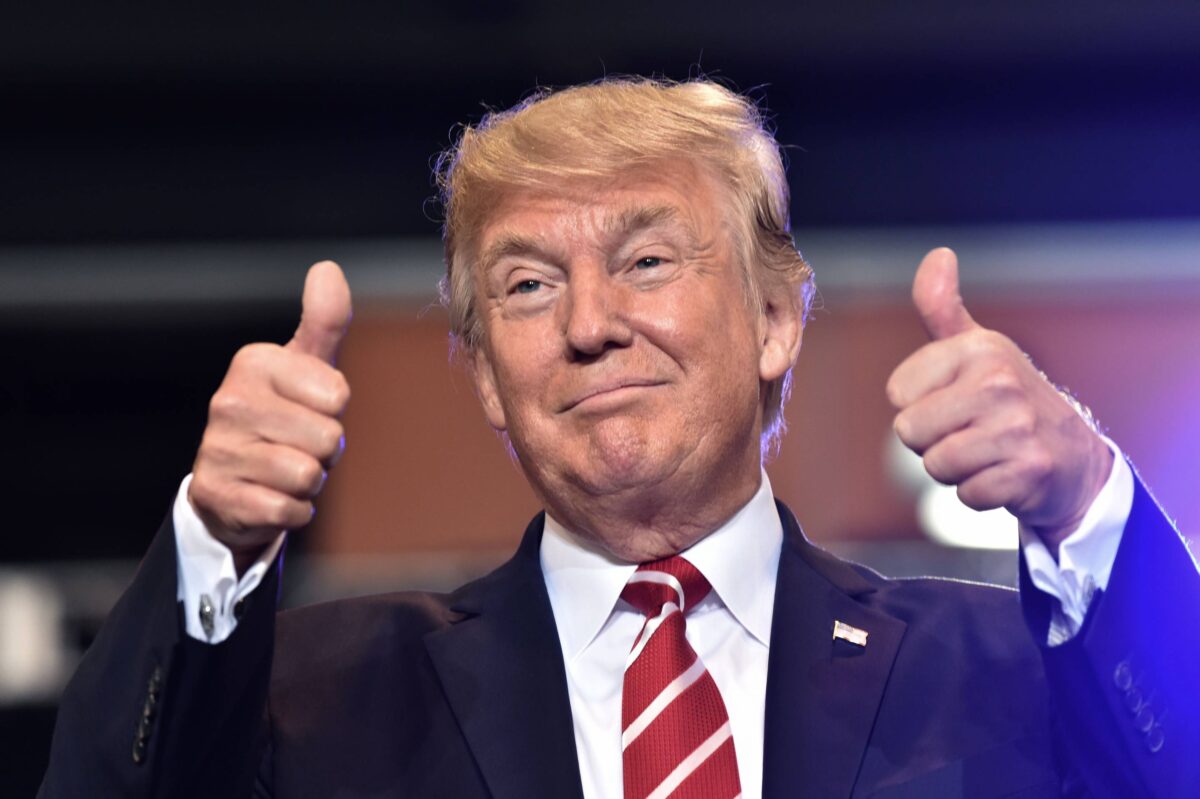Explained: What new US visa policy means for international students

US admission now tough for international students with Donald Trump’s now policy. Photo credit: The University of Winnipeg.
For many young people across the globe, studying in the United States has long represented a gateway to opportunity, innovation, and academic excellence. But for prospective international students in 2025, the journey is becoming more uncertain—and more invasive.
The U.S. State Department has resumed scheduling student visa appointments for those seeking to study under F, M, or J visas. However, a significant change now shadows the process: applicants are required to make their social media profiles public. Those who don’t may be flagged as hiding something, raising concerns about privacy and freedom of expression.
A digital wall between students and their dreams
The move is part of broader national security policies that aim to detect and prevent any potential threats to the United States. Immigration officers are now directed to review applicants’ social media content for signs of hostility toward the country, its culture, or its people. Support for terrorism or antisemitic behavior—online or offline—is enough to raise red flags.
But for many students, especially those from countries with limited freedom of speech, this requirement presents a dilemma. Do they open up their private lives to strangers in order to study in the U.S., or do they abandon the dream altogether?
“I’ve spent years building my academic profile for a U.S. education,” says Rahma, a 22-year-old Nigerian aspiring to pursue a master’s in public health. “Now I’m worried that a tweet I posted at 18 might be misinterpreted and ruin my chances.”
READ ALSO
US resumes student visas… here’s all you should know
A chilling effect on free expression
Activists and educators are raising alarm bells over what they see as the chilling effects of digital surveillance. Students from regions with political unrest, or those who have expressed criticism of U.S. foreign policy, fear they could be blacklisted without recourse.
“Social media was never meant to be part of the visa process,” says Tunde Adeboye, a student rights advocate. “This creates a class of digital orphans—those who must either delete their past or surrender their future.”
Tensions with elite institutions
The policy shift also comes amid rising tensions between the U.S. government and elite American universities. President Trump has previously accused top institutions, such as Harvard, of harboring leftist ideologies and failing to address antisemitism on campuses.
Some international students now face the double burden of stricter immigration controls and uncertainty about their academic environment. Universities may continue to welcome them, but government actions could make their stay tenuous.
Still hoping, still applying
Despite the hurdles, hope persists. More than 1.1 million international students were enrolled in U.S. institutions during the 2023–2024 academic year. Many prospective students remain determined to join that number—even if the road is bumpier than before.
“Getting a U.S. education has been my dream since I was a teenager,” says Priya, an Indian student planning to study AI. “Yes, the new rules are intimidating, but I’ll do everything right, because I still believe it’s worth it.”
A new chapter for global education
As the U.S. tightens its screening mechanisms, the ripple effects are being felt across the globe. The balance between national security and academic openness is becoming harder to maintain—and for prospective students, the stakes couldn’t be higher.


